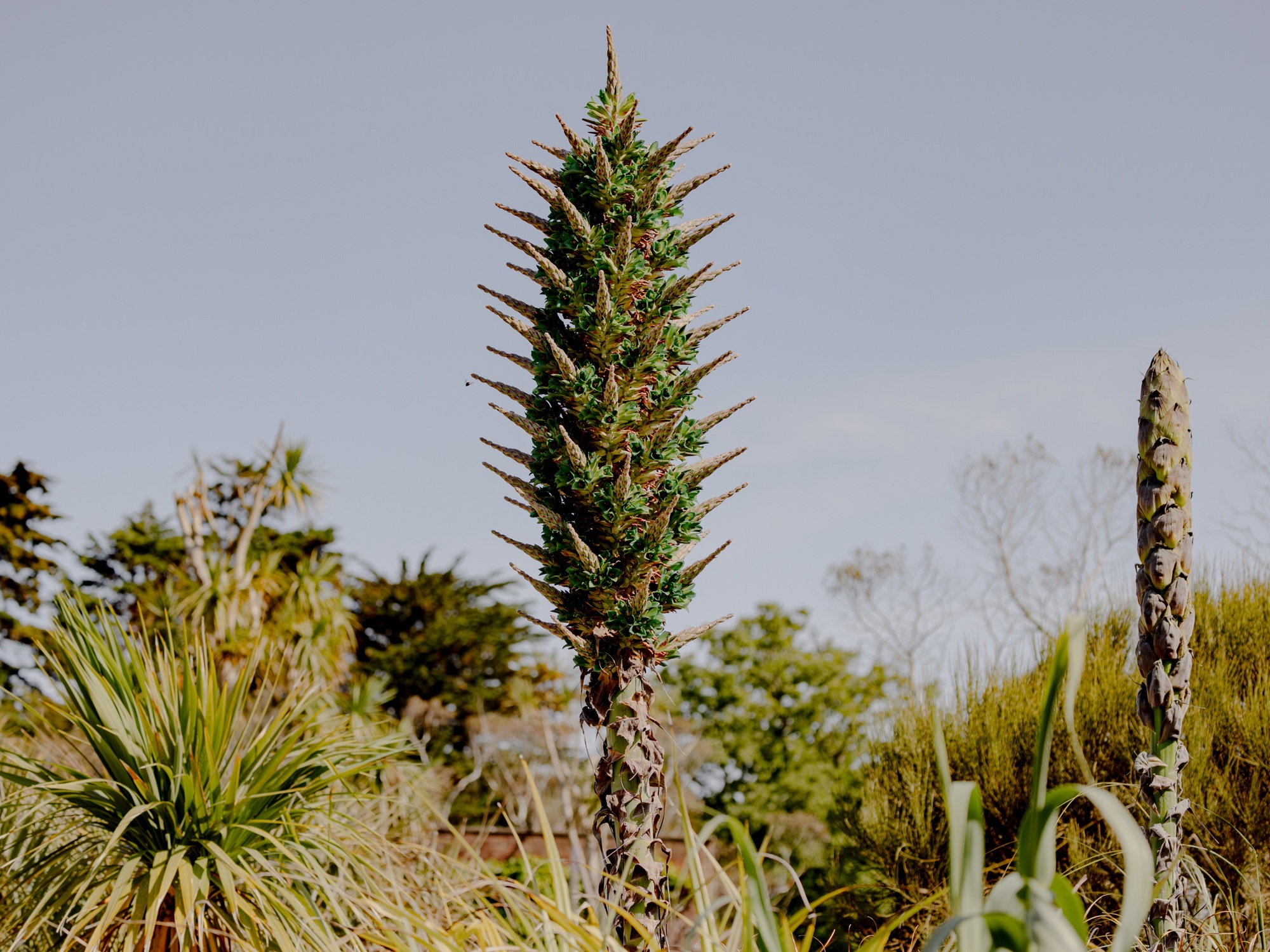A new study of yellow water lilies growing in British ponds has thrown up some surprising results for an aquatic plants expert and scientists at the Royal Botanic Garden Edinburgh (RBGE). Yellow water lilies at 23 sites across Britain, previously recorded as the non-native Nuphar advena from North America have now been identified as a hybrid between the introduced N. advena and the native N. lutea.
As part of ongoing studies to clarify the status and identification of aquatic plants in Great Britain, fieldwork was carried out by Richard Lansdown, an aquatic plants expert from Stroud in Gloucestershire, at 24 of the 26 sites where N. advena had been recorded in the Botanical Society of Britain and Ireland (BSBI) database.
Richard explained: “At all the populations visited, the distribution of plants, as well as the anther and filament measurement, suggested that only a single Nuphar species was present. It soon became clear that some populations recorded as N. advena had been misidentified, however, many populations included a taxon that was neither N. advena nor N. lutea but had a combination of traits characteristic of both, suggesting a previously undescribed hybrid between the two.’’
Leaf samples taken from the plants were sent to RBGE for DNA sequencing by plant molecular ecologist Dr Markus Ruhsam.
Markus said: “DNA sequencing of the leaf samples confirmed they were from a previously undescribed hybrid of the two plants, now named Nuphar x porphyranthera. The characteristic traits of the parent plants are similar so it was only through molecular analysis that we could be sure that we had a hybrid.’’
A paper co-written by Richard and Markus - Yellow Water Lilies (Nuphar, Nymphaeaceae) in Great Britain, a Reappraisal of Records, and a Revised Status of N. advena – was recently published in the Edinburgh Journal of Botany. The paper states that N. advena is currently known from one single confirmed site in Britain in the lake on the Spottiswoode Estate in the Scottish Borders where it was first recorded in 1964. Neither N. advena nor Nuphar × porphyranthera show any sign of spreading from sites at which they were almost certainly planted and therefore should not be considered naturalised in Britain.
Ends

